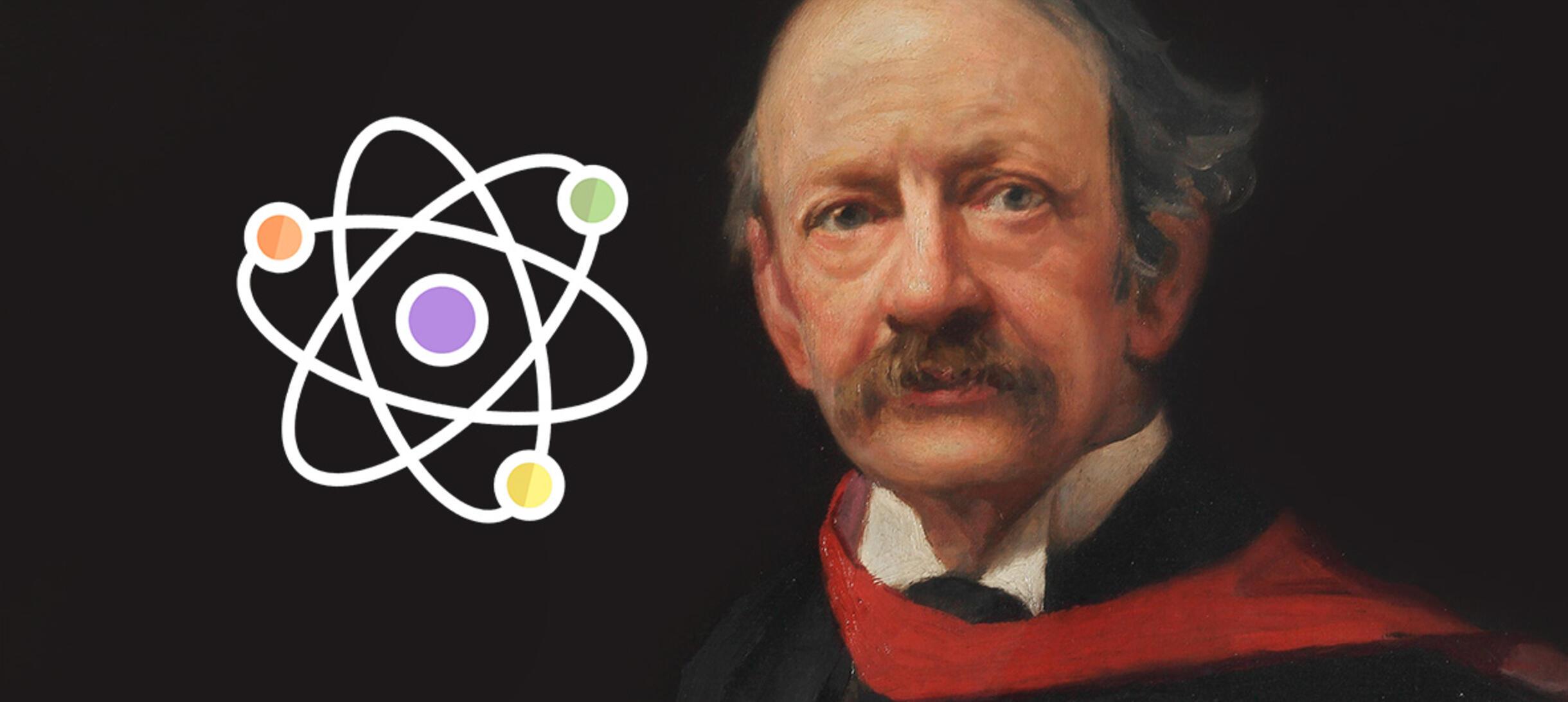
J.J. Thomson, also known as Sir Joseph John Thomson, was a renowned physicist and one of the most influential scientists of the late 19th and early 20th centuries. His groundbreaking discoveries in the field of physics revolutionized our understanding of the nature of matter and paved the way for further advancements in the field.
In this article, we’ll delve into the life and work of J. J. Thomson, exploring some mind-blowing facts that showcase his brilliance and contribution to the world of science. From his groundbreaking experiment that discovered the electron to his development of the modern atomic theory, J. J. Thomson’s achievements continue to shape our understanding of the universe.
Key Takeaways:
- J. J. Thomson’s groundbreaking discoveries about electrons and atomic structure revolutionized the field of physics, earning him the Nobel Prize and knighthood for his exceptional contributions.
- His Plum Pudding model and method of mass spectrography laid the foundation for modern atomic theory, shaping our understanding of the universe and inspiring future scientists.
J. J. Thomson discovered the electron.
In 1897, Thomson conducted experiments that led to the discovery of electrons, tiny particles with negative charges that are fundamental components of atoms.
He proposed the ‘Plum Pudding’ model of the atom.
Thomson’s Plum Pudding model suggested that atoms were made up of positively charged matter with negatively charged electrons embedded within, resembling the distribution of raisins in a pudding.
Thomson won the Nobel Prize in Physics in 1906.
His groundbreaking discoveries and experiments on the nature of electric discharge in gases earned him the prestigious Nobel Prize in Physics, making him the first British scientist to receive the honor.
He developed the method of mass spectrography.
Thomson’s method of mass spectrography allowed for the separation and identification of isotopes, laying the foundation for further advancements in the study of atomic structure.
Thomson conducted research on cathode rays.
He extensively studied cathode rays and made significant contributions to understanding their properties. His experiments helped shape the field of electronics and led to the development of television technology.
J. J. Thomson was knighted in 1908.
In recognition of his immense contributions to the scientific community, Thomson was knighted by King Edward VII in 1908, becoming Sir J. J. Thomson.
Thomson served as the President of the Royal Society.
From 1915 to 1920, he held the prestigious position of President of the Royal Society, further solidifying his reputation as one of the foremost scientists of his time.
He discovered the isotopes of neon.
Thomson’s experiments with neon gas led to the identification of isotopes, different versions of the same element with varying numbers of neutrons.
J. J. Thomson’s work laid the foundation for modern atomic theory.
His discoveries revolutionized our understanding of atomic structure and paved the way for further advancements in quantum physics, serving as a cornerstone of modern atomic theory.
In conclusion, these 9 mind-blowing facts about J. J. Thomson highlight his exceptional contributions to the field of physics and the fundamental understanding of atomic structure. Thomson’s work continues to inspire scientists and shape our understanding of the universe around us.
Conclusion
In conclusion, J. J. Thomson was a remarkable scientist whose contributions to the field of physics revolutionized our understanding of the atomic structure. His discovery of the electron and his groundbreaking experiments with cathode rays laid the foundation for modern atomic theory. Additionally, his work on isotopes and his development of the mass spectrometer expanded our knowledge of atomic structure and helped advance various fields, including chemistry and medicine.
Thomson’s brilliance and dedication to scientific inquiry have left a lasting legacy. His discoveries and theories continue to shape our understanding of the universe and have paved the way for future advancements. Today, his name is synonymous with innovation and his impact on the scientific community is immeasurable.
FAQs
Q: Who was J. J. Thomson?
A: J. J. Thomson, full name Joseph John Thomson, was a British physicist who lived from 1856 to 1940. He is best known for his discovery of the electron and his contributions to the field of atomic structure.
Q: What were J. J. Thomson’s major achievements?
A: J. J. Thomson’s major achievements include the discovery of the electron, his experiments with cathode rays, and his development of the mass spectrometer. These discoveries revolutionized our understanding of atoms and paved the way for modern atomic theory.
Q: How did J. J. Thomson discover the electron?
A: J. J. Thomson discovered the electron through his experiments with cathode rays. He observed that these rays were composed of tiny, negatively charged particles, which he called electrons.
Q: What is the significance of J. J. Thomson’s work on isotopes?
A: J. J. Thomson’s work on isotopes helped expand our understanding of atomic structure and the existence of different forms of elements. His research laid the foundation for the development of the mass spectrometer, which is still widely used today to determine the isotopic composition of elements.
Q: How has J. J. Thomson’s work influenced modern science?
A: J. J. Thomson’s work has had a profound impact on modern science. His discoveries and theories have formed the basis for our understanding of atomic structure and have contributed to advancements in various scientific fields, including chemistry, physics, and medicine.
J. J. Thomson's groundbreaking discoveries continue to inspire scientists and curious minds alike. If you're hungry for more mind-blowing facts about this brilliant physicist, check out our article on 11 fun facts about JJ Thomson that'll leave you amazed. For those intrigued by the scientific phenomenon named after him, our piece on 19 unbelievable facts about Thomson scattering is sure to satisfy your curiosity. Keep exploring the fascinating world of physics and uncover the secrets behind some of history's greatest scientific minds!
Was this page helpful?
Our commitment to delivering trustworthy and engaging content is at the heart of what we do. Each fact on our site is contributed by real users like you, bringing a wealth of diverse insights and information. To ensure the highest standards of accuracy and reliability, our dedicated editors meticulously review each submission. This process guarantees that the facts we share are not only fascinating but also credible. Trust in our commitment to quality and authenticity as you explore and learn with us.


